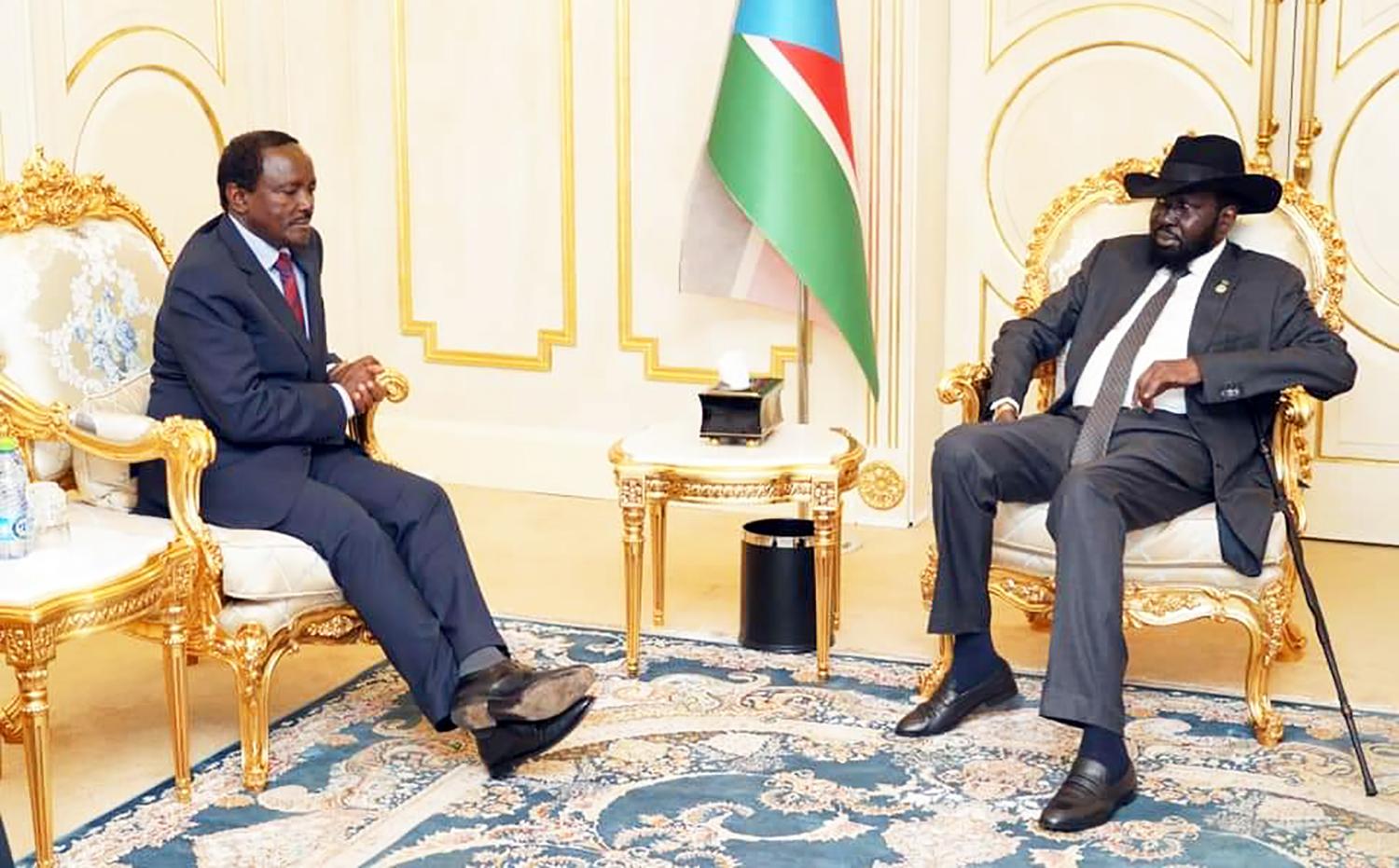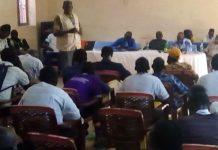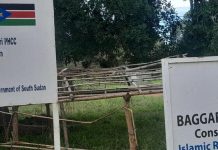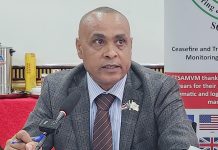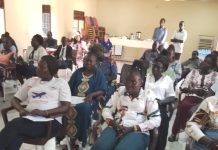Africa-Press – South-Sudan. Since December 2013, the Intergovernmental Authority on Development (IGAD), has led several mediations in an attempt to address the conflict in South Sudan.
In a show of commitment to peacemaking in South Sudan, IGAD stepped in within days of the outbreak of violence on December 15, 2013, in Juba, convening an extraordinary Summit and mandating a mediation process led by highly experienced envoys.
IGAD’s action did not just help prevent further escalation of violence, but also kept the parties focused on negotiating a political settlement leading to a comprehensive peace agreement signed in August 2015.
Fast-forward to July 7, 2016, armed clashes between the South Sudan People’s Liberation Army (SPLA) and the South Sudan People’s Liberation Movement-In Opposition (SPLM–IO) occurred in Juba. And once again, IGAD,together with other partners, had to engage a higher peace gear. O December 12, 2018 the warring parties, signed Revitalised Agreement on the Resolution of the Conflict in the Republic of South Sudan (R-ARCSS) in the presence of other stakeholders and guarantors. The agreement was supposed to be fully incorporated into the Transitional Constitution of the Republic of Sudan, 2011.
But now IGAD, which is supposed to promote peace and stability in the region and create mechanisms for the prevention, management and resolution of inter-State and intra-State conflicts through dialogue, is in disarray.
On November 29, 2019, the Regional Bloc picked Sudan’s Prime Minister Abdalla Hamdok as its chairman. The decision was reached by consensus, during the Ordinary Summit in the Ethiopian capital Addis Ababa. The appointment was seen as a compromise to avert fallout after Kenya, Djibouti differed over the seat.
Hamdok took the mantle from Ethiopia which had held the position since 2010.
Hamdok’s appointment to the key position in this important regional bloc came barely three months after he was appointed new Prime Minister in Sudan. The country had embarked on a three-year transition to civilian rule. But it would not be long before things went south in Sudan.
On January 2, 2022, Hamdok resigned as prime minister amid political deadlock. He stepped down as mass protests continued against a deal he signed with the military following a coup on October 25.
Hamdok’s decision, announced in a televised address, came six weeks after he returned to his post in a deal with the coup leaders he argued could save Sudan’s political transition. But the pro-democracy movement rejected that agreement. So where does that leave IGAD?
In limbo
Kenya’s Special Envoy to South Sudan, Kalonzo Musyoka says the leadership of IGAD is something that should be given priority. He says the regional bloc is no doubt at its lowest; given even the leadership has had serious challenges back at home.
Last month, one of the key players in the peace process SPLM/IO Opposition withdrew from the security mechanisms of the country, plunging Juba into panic and high tension thus the quick deployment of the former Peace Envoy by President Kenyatta to South Sudan for talks with the leadership of the country.
“It is not in doubt that IGAD is at its lowest at a time we have a crisis in a number of countries within the bloc. We are working towards a feeling of lasting peace in South Sudan. In the north, we still have a crisis. In Ethiopia, the Tigray war has been on. Neighbouring Somalia is anything but stable. So ideally this is a time we should be having IGAD more vibrant than ever,” Musyoka told The City Review during his three-day visit in Juba.
Crisis Group, an independent organization working to prevent wars and shape policies that will build a more peaceful world, cites three major factors limiting IGAD’s mediation and thus remain a challenge. These are regional rivalries and power struggles, centralization of decision-making at the Heads of States (HoS) level and related lack of institutionalization within IGAD, and lastly, challenges in expanding the peace process beyond South Sudan’s political elites.
Following the oft-violated January 2014 Cessation of Hostilities agreement, the HoS mediation strategy focused on deploying a regional force to create conditions for peace negotiations. When the wider international community stymied the prospective regional force and the situation stabilised by June 2014, leaders could not overcome their divisions to agree on an effective alternate strategy.
This undermined the IGAD special envoys, and the warring parties opted instead to engage directly with individual HoS in a series of initiatives in Kampala, Khartoum and Nairobi. IGAD itself had little leverage. For example, despite public threats, the warring parties understood some member states were reluctant to support sanctions, repeatedly called IGAD’s bluff and refused to compromise.
The bottom line though is that IGAD is important as a forum to regulate the regional balance of power, but it needs high-level support if the region is to reach a unified position on peace. Thus, it should become a unifying vehicle to engage the ever-shifting internal dynamics in South Sudan more effectively and address the divisions among IGAD members that enable the parties to prolong the war.
In particular, the AU high representative might lead shuttle diplomacy within the region to gain consensus on the way forward. A dedicated UN envoy for South Sudan and Sudan should represent the UN in IGAD-PLUS and coordinate the various UN components’ support to the process.
For More News And Analysis About South-Sudan Follow Africa-Press

